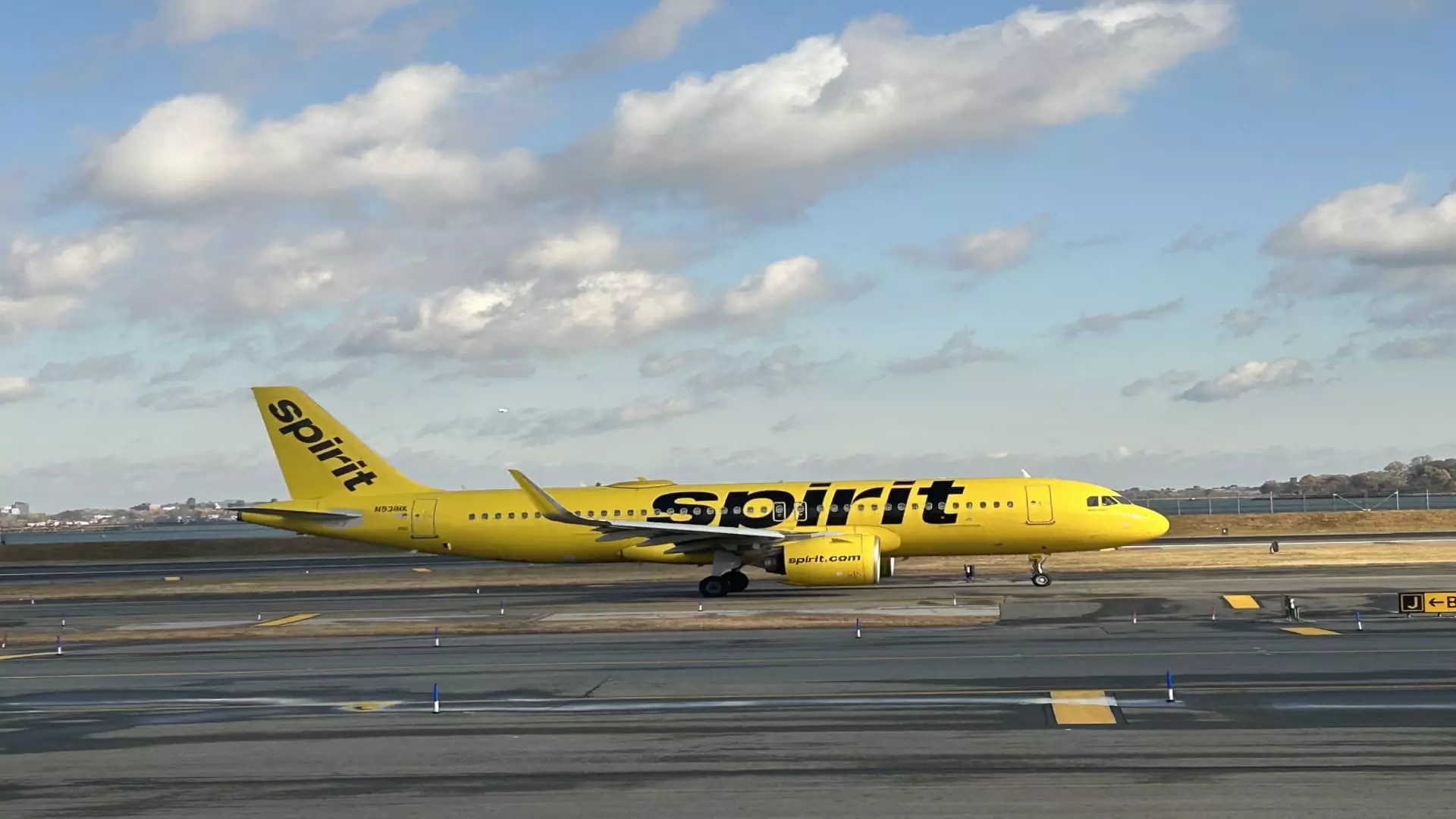Spirit Airlines, once a prominent player in the low-cost airline sector, finds itself grappling with the harsh realities of financial distress. Following its Chapter 11 bankruptcy filing in November, the airline is being forced to take drastic measures to stabilize its operations. With a commitment to reducing operational expenses, Spirit has announced a significant workforce reduction of approximately 200 jobs. This move reflects the airline’s broader strategy to align its workforce with its current fleet size and operational capabilities.
In a statement to CNBC, Spirit Airlines clarified that the decision to cut jobs was not made lightly. The management conducted a thorough review of the organizational structure to ensure that the necessary changes would lead to long-term sustainability. “We are executing on plans to rightsize our organization,” the airline explained, implying that these job cuts were a necessary step towards optimizing their business model. The focus appears to be on ensuring that Spirit Airlines can operate more efficiently while navigating through this tumultuous period.
With a workforce of around 13,000 at the time of its bankruptcy filing, a significant majority—84%—of Spirit’s employees are represented by unions. Interestingly, the job cuts will affect nonunion positions, sparking conversations about employment security within the company. Previous efforts to manage labor costs have included furloughs for pilots and voluntary leaves for flight attendants. These measures indicate a proactive approach to managing financial strain through workforce management while attempting to preserve its core operational capabilities.
Several external factors have catalyzed Spirit’s current situation. The airline’s planned merger with JetBlue, once viewed as a potential salvation, was blocked due to antitrust concerns just a year prior. This setback, coupled with the hurdles posed by a significant engine recall from Pratt & Whitney and spikes in labor costs post-pandemic, has compounded Spirit’s challenges. The revenue streams that once flowed effortlessly for the budget carrier have seen a marked decline, necessitating a reevaluation of its business strategies.
Future Goals and Ethical Considerations
Despite the bleak landscape, Spirit Airlines is committed to achieving $80 million in annualized cost reductions, asserting that the recent layoffs and furloughs are strategic steps towards this goal. As the airline gears up for exiting bankruptcy within the upcoming quarter, there is a focus on treating impacted employees with respect and care. Spirit’s promise to uphold ethical considerations during such difficult transitions speaks to a broader commitment to maintaining a positive corporate ethos despite the financial adversities ahead.
Spirit Airlines embodies the struggles faced by many in the aviation industry as they deal with the post-pandemic landscape and shifting market dynamics. While the cuts may seem harsh, they reflect a crucial, strategic response to survive in an unsteady market. As the airline attempts to emerge stronger from bankruptcy, its ability to navigate these turbulent waters will be key to its revival.


Leave a Reply